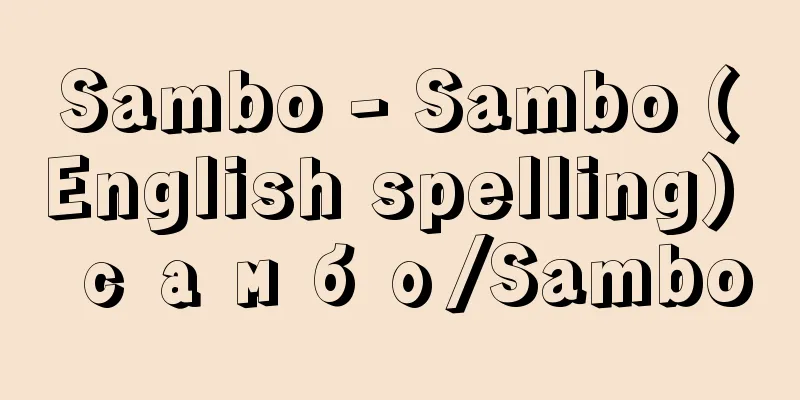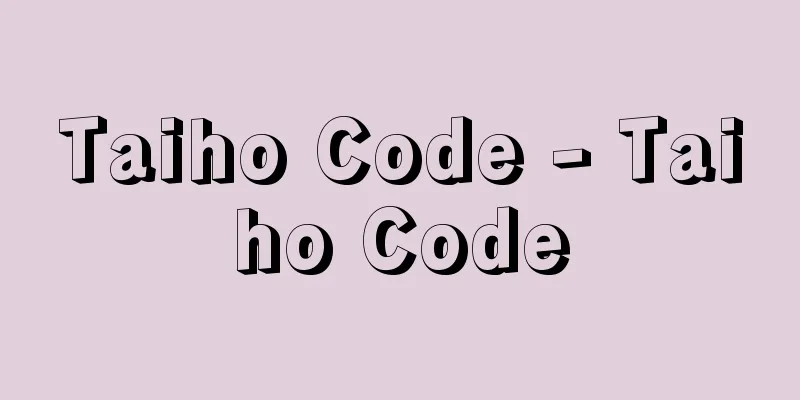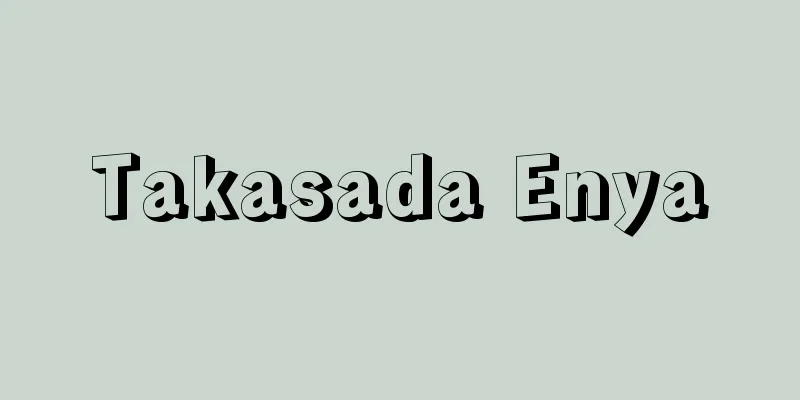Sambo - Sambo (English spelling) самбо/Sambo

|
It is a martial art in the former Soviet Union that is very similar to Japanese Judo. It was started in the Soviet Union in the 1930s by A. A. Kharlampiev and others. An amateur wrestling mat made of urethane or other materials measuring 14 meters square is laid out, and the match takes place within a circle with a diameter of 10 meters (with the red zone being 1 meter wide on the outer edge). Like Judo, it is a one-on-one individual sport, and in addition to throwing and pinning techniques, wrestling techniques such as neck throws and back drops are also allowed. Attacking the joints of the hands and feet is allowed, but a major difference is that choke techniques that are allowed in Judo are prohibited. Adults are divided into nine weight classes. The attire is the same as wrestling, consisting of shorts (tights) and shoes, but on the upper body they wear a Sambo jacket with sleeves similar to a Judo uniform. The match usually lasts 10 minutes, and there are four categories: ippon (a point) and 1, 2, or 4 points for a technique. If there is no ippon within the match time, the one with the most points wins by decision. There are no draws. The first Soviet championship was held in Leningrad in November 1939, and consisted of individual matches only. Team matches were added ten years later in 1949. Many judo players in the former Soviet Union are originally from sambo. sambo is an acronym of the three Russian words samozashchita bez oruzha (meaning unarmed self-defense). In the Soviet Union, in addition to being used as a sport, it was also widely taught as a combat technique by the military and police. In Japan, the Japan Sambo Association (now the Japan Sambo Federation) was founded in 1965, and in 1967, the team came in second place in the first international tournament in Riga. [Tsuneo Ishii] In 1969, Kaneo Iwatsuri of Japan won the International Sambo Tournament in Moscow, and in 1996, Michiko Takeda of Japan won the 20th World Sambo Championships in Tokyo. [Editorial Department] Source: Shogakukan Encyclopedia Nipponica About Encyclopedia Nipponica Information | Legend |
|
日本の柔道とよく似た旧ソ連地域の格闘技。A・A・ハルラムピエフらによって1930年代にソ連で始められた。14メートル四方のウレタン素材等によるアマチュアレスリングマットを敷き、その中の直径10メートルの円(うち外縁1メートル幅がレッドゾーン)内で競技が行われる。柔道同様一対一の個人競技で、投げ技、固め技などのほか、首投げ、バックドロップなどレスリングの技も認められている。手足の関節を攻めることは認められているが、柔道では認められている締め技が禁止されているのが大きな違いである。成人では体重別に9階級に分かれる。服装はショートパンツ(スパッツ)に靴でレスリングと同じだが、上半身には柔道着と似た袖(そで)のついたサンボジャケットを着用している。試合時間は普通10分で、一本勝ち、技の得点1、2、4ポイントの四つがあり、試合時間内に一本がない場合はポイントの多いものが判定勝ちとなる。引分けはない。ソ連での第1回選手権大会は1939年11月にレニングラードで個人戦だけが行われている。団体戦は10年後の1949年から加えられた。旧ソ連地域の柔道選手にはサンボ出身者が多い。サンボはロシア語のサモザシチータ・ベズ・オルージャ(武器を持たない自己防衛術の意)の三つの単語の頭文字を組み合わせたものである。ソ連ではスポーツ競技以外に、軍隊や民警で戦闘技術の一つとして広く教えられていた。日本でも1965年(昭和40)に日本サンボ協会(現日本サンボ連盟)が設立され、67年リガにおける第1回国際トーナメントで団体2位の成績を収めている。 [石井恒男] 1969年、モスクワで行われたサンボ国際トーナメントで日本の岩釣兼生(いわつりかねお)が優勝している。また、1996年に東京で行われた第20回世界サンボ選手権大会で日本の武田美智子が優勝している。 [編集部] 出典 小学館 日本大百科全書(ニッポニカ)日本大百科全書(ニッポニカ)について 情報 | 凡例 |
>>: Sunnhemp - Sanhemp (English spelling) sunnhemp
Recommend
Curia regis (English spelling)
The term means "King's Assembly" in ...
Forgery - Gisaku
〘noun〙① To make a fake. Especially when someone el...
Hakata Kojoro Wave Pillow - Hakata Kojoro Wave Pillow
Commonly known as "Kezoori (Hair Shaving)&quo...
Kameyama's Revenge
…First performed at the Hizenza Theater in April ...
caapi
...A hallucinogenic drug widely used by the indig...
Ethnomethodology - ethnomethodology
A trend in modern sociology. This term, which mea...
Residents - Residents (English spelling)
Foreign Exchange and Foreign Trade Act (Foreign Ex...
Calcium Carbide - Tanka Calcium
CaC 2 (69.10). Its IUPAC name is calcium dicarbid...
sweets
…Generally, it refers to cheese, sweets, fruits, ...
Paraprionospio pinnata (English spelling)
…It is found from southern Hokkaido to Kyushu, in...
Training - Training
〘noun〙① (━suru) To teach; To teach and make skille...
speleology
…Spelunking and potholing are also used rarely as...
Hiroshi Ohshita - Hiroshi Ohshita
Professional baseball player (outfielder, left-ha...
Gymnastique - Gymnastique
…It was in the first half of the 19th century tha...
Helmold von Bosau
Born: 1120, Saxony [died]1177 onwards. Bosau Germa...









